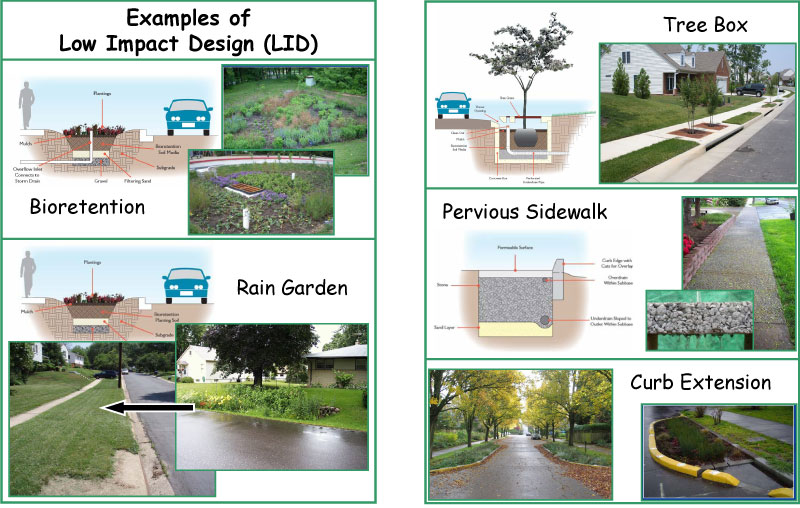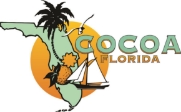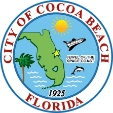Low-Impact Development: A Stormwater Management Tool for the Indian River Lagoon
Why Low-Impact Development (LID)?
Florida’s stormwater rule went into effect in 1982 and has not changed in almost 40 years despite advances in stormwater management knowledge and emerging technologies.
The antiquated conventional stormwater systems concentrate pollutants in minimal treatment areas that become nuisance retention ponds that generate more pollutants than they remove. Sadly, these conventional approaches have not protected the Lagoon from becoming federally impaired — we have witnessed a dying lagoon.
What is LID?
Low-Impact Development (also known as Low-Impact Design, or LID) is an internationally recognized stormwater management approach that protects downstream surface water quality, reduces downstream flooding, and improves overall resilience. It was embraced as a waterway pollution strategy decades ago in national estuary watersheds such as Chesapeake Bay and Puget Sound — and is a primary stormwater best-management practice (BMP) throughout many parts of our nation. Some cities and counties in Florida have taken the initiative and adopted LID into their code, e.g. Alachua and Pinellas counties. LID provides a more sustainable community with a higher level of natural resource protection such as seagrass, fisheries and shellfisheries, manatees, dolphins, and estuarine birds who fish, such as pelicans. LID leads to more fishable, swimmable, and healthier waters.
Low-Impact Development is an approach to land development that uses various land planning, design practices, and technologies to preserve and protect essential aquifers and waterways such as the Indian River Lagoon (IRL) while reducing infrastructure costs. LID allows land to be developed in a cost-effective manner to ensure that home, habitat, and quality of life are sustained for the future. Click here to view a presentation on LID.

Examples include bioretention, rain gardens, tree boxes, pervious sidewalks and curb extensions
Photo Credit: Marine Resources Council
How does LID differ from typical stormwater management practices?
- Preserves open space and minimizes land disturbance
- Uses existing topography for drainage design
- Protects natural features and processes
- Plans for the enhancement of the area’s natural and conservation lands
- Implements on-site rain water capture practices such as bio-swales, rain gardens, green roofs, and pervious pavements
- Reduces stormwater flows and volumes
Who benefits from implementation of LID? EVERYONE!
Developers
- Reduces land clearing and grading costs
- Reduces infrastructure costs (streets, curbs, gutters, sidewalks, retention ponds)
- Reduces rain water management costs
- May increase lot yield and may reduce impact fees
- Increases lot and community marketability
Municipalities
- Reduces infrastructure and utility maintenance costs
- Improves residents’ quality of life
- Balances growth with the need to protect the Indian River Lagoon and the aquifer
Residents
- Preserves/protects recreation opportunities of natural areas and habitats (IRL)
- Improves aesthetics of home and area for livability and re-sale
- Provides habitat for birds, butterflies, and bees
- Reduces utility costs
Environment
- Improves water quality
- Preserves the balance and integrity of ecological and biological systems
- Ensures the future health of the Lagoon by preventing additional pollution
- Increases carbon and nutrient absorption and improves soil health
- Preserves tree canopy and natural areas
- Provides aquifer recharge
For more information on Low-Impact Development, visit Marine Resources Council.
 a clean lagoon is everybody’s business.
a clean lagoon is everybody’s business.Lagoon LoyalTM is a new and growing program that encourages Brevard County residents to take actions that benefit the health of the Indian River Lagoon by offering rewards from local businesses. These actions help reduce excess algae-feeding nutrients that enter our Lagoon through groundwater and stormwater.













